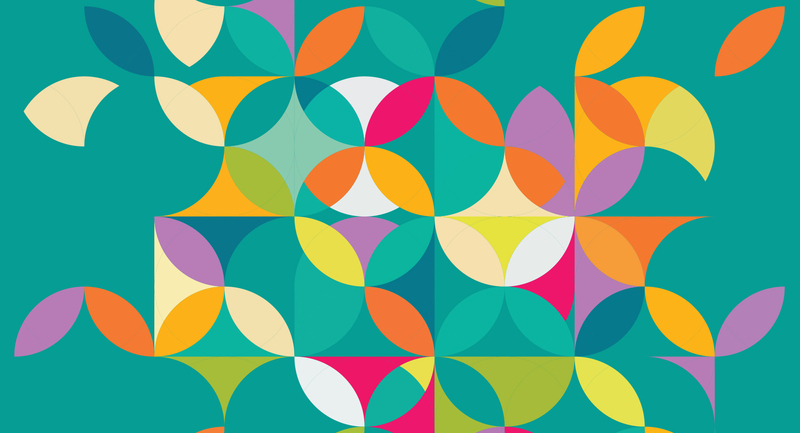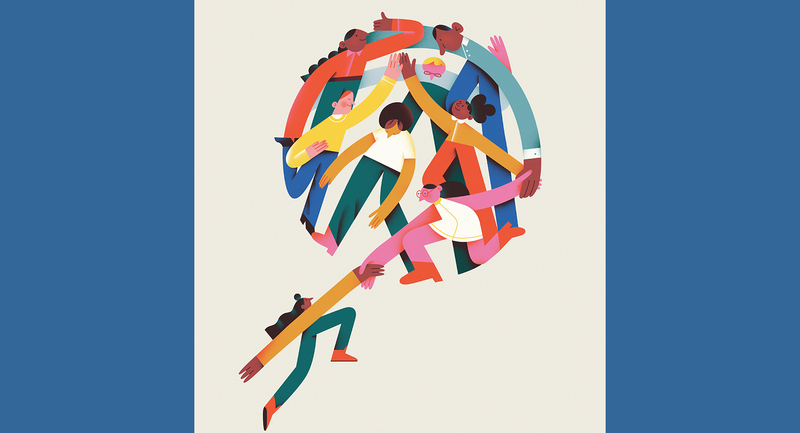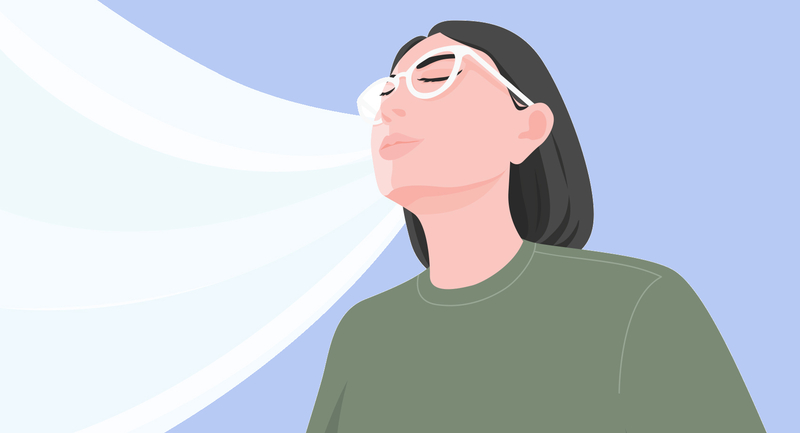What do we promise our students as they enter the schoolhouse door each day? As we strive to educate all young people to become independent and self-directed learners so they have choices in college, career, and life, our promise must be for each child to develop learner agency. How can we fulfill that promise?
The Answer: Personalization
Personalization, or what is more commonly known as personalized learning, offers a great opportunity for students to take ownership of their learning and acquire skills to direct and advocate for their own educations. Still, there is a great deal of confusion about what personalization is and what it means for teaching and learning.
A few years ago, my colleague Barbara Bray and I defined and described the differences between personalization, differentiation, and individualization in a chart. In summary, the distinct difference between these terms is that personalization is learner-centered, whereas differentiation and individualization are teacher-centered. With personalization, the student actively participates in the design of his or her learning and demonstrates mastery of the content in a competency-based system. With differentiation and individualization, the teacher designs the instruction and monitors the learning. The clear advantage of personalization is that the student is proactive in setting goals, monitoring progress, and assessing and supporting his or her own learning.
UDL for Personalization
For students to become more proactive in their learning, they need to understand how they learn so they can develop skills to support their own learning. (For this reason, I prefer the term learner to student.) One effective way to achieve that goal is to use Universal Design for Learning (UDL), which has a strong research base. The Every Student Succeeds Act
defined and endorsed UDL as a scientifically based approach to personalizing learning—stating that it provides flexibility and supports for all students, including those with disabilities and English language learners.
In addition, educators and researchers at CAST, a research and development organization that is closely associated with the development of UDL, studied nearly 1,000 articles to gather evidence about method's effectiveness. These articles included reviews and meta-analyses of research and best practices "to identify those specific practices that are most effective in reducing barriers to instruction" within each of UDL's three principles—multiple means of representation, multiple means of engagement, and multiple means of action and expression.
Access, Engage, and Express
To bring UDL into daily practice, Barbara Bray and I created simpler terms for the three principles. We developed the UDL lens of Access, Engage, and Express.
Our UDL lens offers easy-to-understand language for a personalized-learning environment. For students, it becomes a way to understand how they learn and to have daily conversations about their learning with teachers, peers, and parents. For teachers, the UDL lens aids in the design of daily lessons using methods and materials that serve the greatest number of learners. Let's take a closer look at how teachers and learners can use this approach to UDL in a personalized learning environment.
From the Learner's Perspective
Learner Profile
All learners have strengths and challenges in how they access and process information, engage with content, and express what they know and understand. Having students develop a learner profile allows them to provide insights about how they learn, including details about their interests, talents, and aspirations. See Figure 1 for a sample learner profile compiled by a 7th grader named Sam. (A profile will look different from elementary school to middle school to high school and should be adapted depending on the grade level.)
Figure 1. Learner Profile (7th grade example)
To create a learner profile, invite students to indicate up to three strengths and three challenges they have, along with their preferences and needs in terms of access, engagement, and expression. Later, set up a time to meet individually with students to discuss their profiles. This meeting is the first step in building a partnership. It conveys how much you care about students personally.
In the process of creating his profile, Sam learned several things about himself as a learner, such as that he often prefers to work with a partner and needs to be in a quiet environment when reading or completing a project. By using the UDL lens, Sam can tell his story about who he is as a learner—his strengths, challenges, preferences, and needs in how he accesses and processes information; engages with content; and expresses what he knows and understands.
Personal Learning Backpack
With the information gathered in the learner profile, Sam and his teacher develop a personal learning backpack to enhance his strengths and support his challenges. Together they discuss tools, apps, and other resources along with skills and strategies that can support his learning.
While looking at his strengths and challenges with his teacher, Sam decides he would like to set a goal around a challenge he has. He wants to gain a set of skills so that he can express his ideas and knowledge using multimedia tools. He aims to learn how to develop his presentations in iMovie so he can illustrate and narrate his presentations before presenting in front of the class. He'll devote the next few weeks to working on this Express goal while striving to meet grade-level standards for speaking and listening. Figure 2 shows how Sam's learner profile evolved to include his personal learning backpack (in the last column).
Figure 2. Personal Learning Backpack
Personal Learning Plan
After Sam identifies his Express goal, he develops a personal learning plan with his teacher to outline his necessary action steps and timeline. (For instance, he needs to schedule time with a classmate who will help him learn how to plan, design, and narrate with iMovie.) He also indicates how he will show that he has reached his goal—specifically with evidence of his planning and organizational skills along with his final iMovie presentation. Once he achieves this goal, Sam will reflect on this achievement and keep a record of his evidence in a digital portfolio.
In addition to his focus on the Express goal, Sam sets goals in his personal-learning plan that will prepare him for life after high school. He plans to set a college and career goal to explore what it takes to be a librarian and to ask a local librarian to be his mentor, which will help him decide if this is a career he wants to pursue. Sam also includes a citizenship goal; he wants to volunteer to tutor young readers at an elementary school. In the process of goal setting, action planning, and achieving his objectives, Sam develops agency as a learner and becomes a future-ready student.
From the Teacher's Perspective
Learning Environment
Having conversations with learners about their abilities and interests builds a partnership that results in trust and respect—the cornerstones of a vibrant learning community. This sets the stage for a personalized-learning environment where each learner has voice and choice.
Understanding students' needs and preferences when it comes to Access, Engage, and Express also informs how to design a classroom. For instance, you might create specialized learning zones for daily activities, such as a quiet zone for those learners like Sam who need an unobtrusive environment for learning. In another zone, you might set up tall tables where learners can stand while working together in groups. You might also ask learners to design the classroom with you.
Lesson Design
When it comes to choosing instructional methods and materials for your lessons, you can turn to information from the learner profiles for guidance. Study the learner profiles of four learners that are representative of the ends of the learning spectrum. The learning spectrum in a classroom may span from students who have cognitive or learning challenges on one end to self-directed learners on the other end. Keeping these four learners in mind will help you better design instruction for the entire class.
Next, take any lesson and use the UDL lesson review process I've developed to decide on the instructional methods and materials you will use:
- List the instructional methods, learner materials, and assessments.
- Next to each method, material, and assessment, list what learners are required to do.
- Review your four learners and describe the possible barriers these learners may face with these methods, materials, or assessments.
- Indicate the types of solutions (tools, apps, and resources) or strategies you can use with the whole class and individual students to help them Access, Engage, and Express.
As an example of a solution, you may have some learners who are unable to read the online text included in the lesson. A no-cost tool like Read & Write from Texthelp can provide those learners with access to the content in the lesson. Modeling its features can benefit any learner who prefers or needs to use this tool. Drawing on your learners' profiles, you'll find a range of strategies that will support instructional planning for all students.
The Promise of Agency
Your classroom will hum with excitement as your students become more proactive in their learning and in sharing how they learn and set goals to develop new skills. They will be engaged in their learning as they access content, make connections to prior learning, and talk about their learning with peers and adults inside and outside the classroom. They will use new ways to express what they know and to demonstrate mastery. They will become experts in their own learning.
When learners experience agency, they realize their hopes and dreams and make informed choices for college, career, and beyond. We want to prepare every child to have the ability to learn, unlearn, and relearn in a world where jobs have yet to be imagined. Remember that agency also provides a reason to commit, take risks, and persist in the face of challenges and setbacks. Universal Design for Learning and personalization can be the centerpieces to fulfill the promise of agency for every learner.








